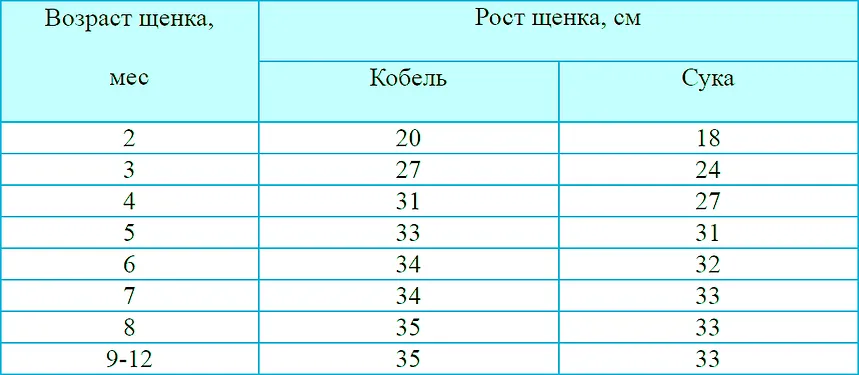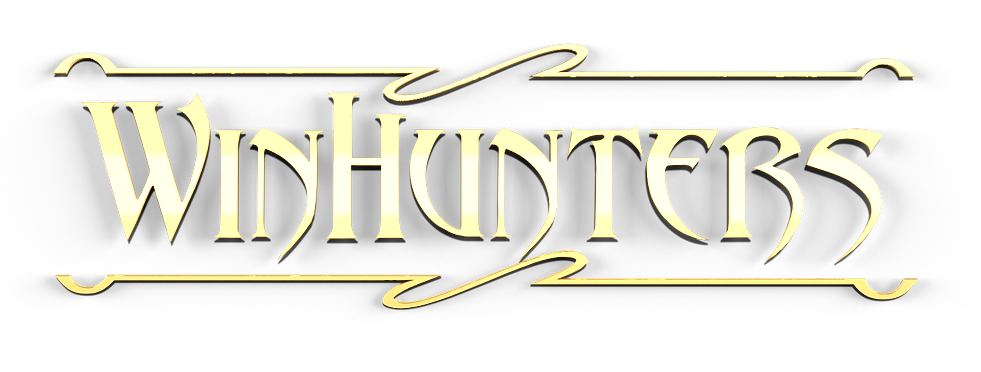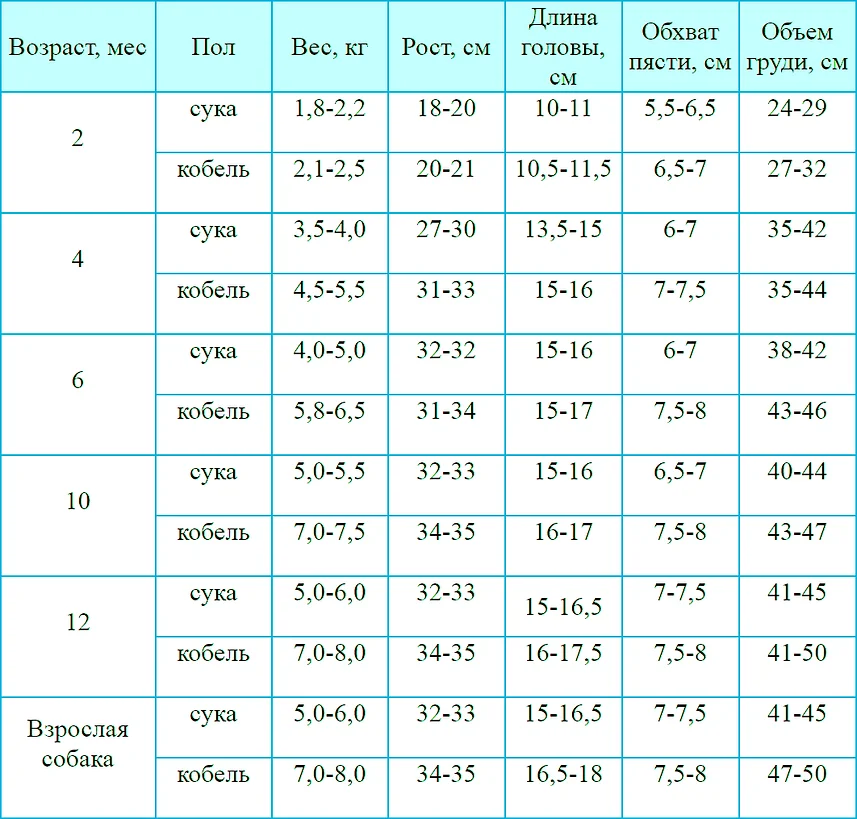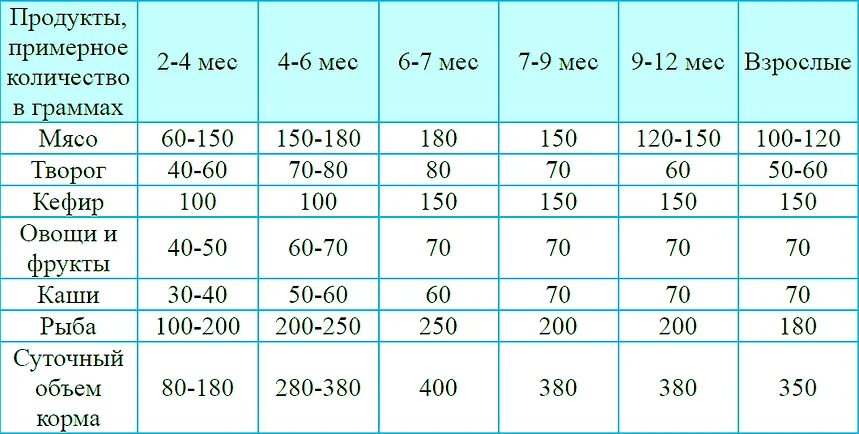kennel of miniature schnauzers Black with silver.
About
Advantages:
- Smart
- Obedient
- Lives for a long time
- Loves children
History
This is not just a smaller copy of a standard schnauzer. Although the Miniature Schnauzer is directly descended from the Miniature Schnauzer and, possibly, from selective crossings with Miniature Pinschers and Affenpinschers. Nowadays, it represents a completely independent breed with its own peculiarities of physique and temperament. The Miniature Schnauzer is the smallest variety of German schnauzers. It is used for catching rats, in this field it shows extraordinary abilities.
Difficulties in content
Feels better when living at home
Miniature Schnauzer - the spitting image of a miniature schnauzer, an adorable little dog with bushy eyebrows. He is good-natured, loves children and is happy when he is with everyone in a house or city apartment, and not in a nursery.
General view
The Miniature Schnauzer is a strongly built dog, strong, muscular, fairly broad-bodied, almost square in shape. His character combines ardor, reliability, strength, endurance and ebullient energy. Subtle instinct and intelligence are his specialty: he is always on the alert.
Dimensions
The ideal height is 33 cm for females, and 35.5 cm for males.
Walk
The Miniature Schnauzer enjoys frolicking in the garden and looks forward to long walks where he can run around without a leash.
Grooming
A dog of this breed has to be plucked by hand in the spring and summer, or even more often, if they want to show it at exhibitions. Invite a specialist for this purpose or get instructions at the club - remember that inept, clumsy hands can ruin even the best character. Thorough brushing once a week is necessary, as is combing out dead undercoat hairs.
Conclusion
The Miniature Schnauzer is very unpretentious, both in maintenance and in food. He truly is the ideal city dog. The small size of the miniature dog requires little space, walking it and maintaining good shape takes less time, and maintaining it requires less financial costs. When it comes to food, the miniature is not picky and not prone to gluttony. Very convenient for traveling, both around the city and on long trips. It can be safely transported in a special bag on the shoulder or in a small box.
Indeed, one might think that the miniature was created by people only for pleasure.
Even in the variety of coat colors, the miniature can only be compared with the poodle. The miniature has officially recognized 4 colors: pure black, black with silver, pepper and salt, pure white.
But also, when getting acquainted with the breed, I especially want to warn you: this cute little bearded man, if brought up incorrectly, can easily sit on your head, and you will have to endure his temper for many years, and, experiencing his sharp teeth on yourself, on the occasion of your wrong, how can he seem, attitude towards him. The Miniature Schnauzer is a service dog and requires a correct and strict attitude towards itself.
“A dog brings joy to those who really need it”
The Miniature Schnauzer is the smallest working dog breed. He works successfully at customs. A good watchman in the house and at the dacha, and will not miss the opportunity to catch a rodent. The character of the miniature is independent, lively, he is brave to the point of recklessness. He cannot be called absolutely obedient, since there is a bit of extravagance in him. Once in the house, having chosen an owner who respects and understands him, the miniature becomes an integral part of this person to mutual satisfaction. Love is love, but don’t fall “under his paw”, friendship is friendship, but the Tswerg must feel that after all, you are the master of the house, and not he. The Tswerg cannot be deceived, otherwise, being a cunning person by nature, he will adapt and catch. You should be fair and attentive towards him. You will not achieve anything with punishments; only persuasion and explanations should be in your pedagogical arsenal.
The Miniature Schnauzer is a dog for open, kind and cheerful people who are able to understand its essence. If you are a boring, phlegmatic person, then this dog is not for you.
GROWTH DYNAMICS OF PUPPIES FROM 2 TO 12 MONTHS OF AGE

DEVELOPMENT INDICATORS OF MINIUMER SCHNAUZER PUPPIES
FEEDING RECOMMENDATIONS
When purchasing a puppy from a breeder, ask what the puppy eats, and during the first days of adaptation to your home, stick to this diet. New foods are introduced into the puppy’s diet gradually and not in one day. When giving foods to which the puppy is not accustomed, give LACTOBIFID (half an hour before meals) at the rate of one tablet per 10 kg of puppy weight. The puppy needs to be taught to eat everything that he should receive, and not what he likes. Feeding puppies requires special attention. Overfeeding not only leads to excessive obesity with the ensuing consequences, but also accelerates the growth rate of the puppy, which often causes problems with bone development.
A DOG SHOULD NOT KNOW THE TASTE OF SMOKED MEATS, SWEETS, FRIED AND FAT!!! When feeding natural products, your miniature's bowl of food should look something like this: the basis of the diet, approximately 75% animal products and 25% plant products.
MAIN SCHNAUZER FOOD DEPENDING ON AGE
PUPPIES from 2 to 4 MONTHS
You should feed 4 times a day. The daily amount of feed is 80-180 g. This is the period when rapid growth of the puppy occurs and feeding should be complete and high-calorie, containing vitamins and minerals. The puppy should receive meat 5 times a week and egg yolk 2-3 times a week. From this age they begin to give boiled fish 2 times a week. Kefir (“Bifidok”), cottage cheese (“House in the Village”) and vegetable products - daily. DO NOT GIVE MILK!!!
PUPPIES from 4 to 6 MONTHS
At this age, puppies switch to three meals a day. Often the puppy himself skips one feeding, thereby adapting to the new regime. This period in a puppy's life is still very stressful. The growth and development of the puppy continues, teeth change, coat maturation, and one of the periods of puberty begins. The physiological and psychological stress on a puppy is enormous, and you should be very attentive to your pet. Daily feed volume is 230-380 grams.
PUPPIES from 6 to 9 MONTHS
Until nine months of age, try to feed your puppy three times a day. Nutrition during this period is not much different from the previous one. The puppy should still receive the same set of foods. By this period, the main growth of the puppy has been completed, the teeth have been replaced, but the formation of the skeleton and muscles is not yet complete and occurs precisely during this period of the animal’s development. High-quality meat in sufficient quantities will significantly contribute to this. The daily volume of feed is 380-400 grams.
PUPPIES from 9 to 12 MONTHS
Puppies are fed 2 times a day. Food should be complete and varied. During this period, the puppy is still forming. It is useful to give your dog a half-day “fast” once a week, excluding one feeding, in order to completely free the gastrointestinal tract of toxins. Daily feed volume is 380 grams.
FEEDING AN ADULT DOG
Nutrition standards are being reduced somewhat. But nutrition should still be complete. It is better to feed your dog 2 times a day - morning and evening. The daily feed intake is approximately 350 grams. The dog should have raw meat or other natural meat products, but not sausages, at least 5 times a week, fish 2 times a week, raw yolk 1-2 times, vegetables in a variety of forms every day.
-
If your pet eats dry food, then it must have constant access to water.
-
When soaking food, you should use only boiled, filtered water, but in no case hot (as all vitamins are killed).
-
You cannot add other natural products, broth, milk to the food.
-
It is not recommended to mix food of different brands, both dry and canned, since all diets have different degrees of digestibility.





